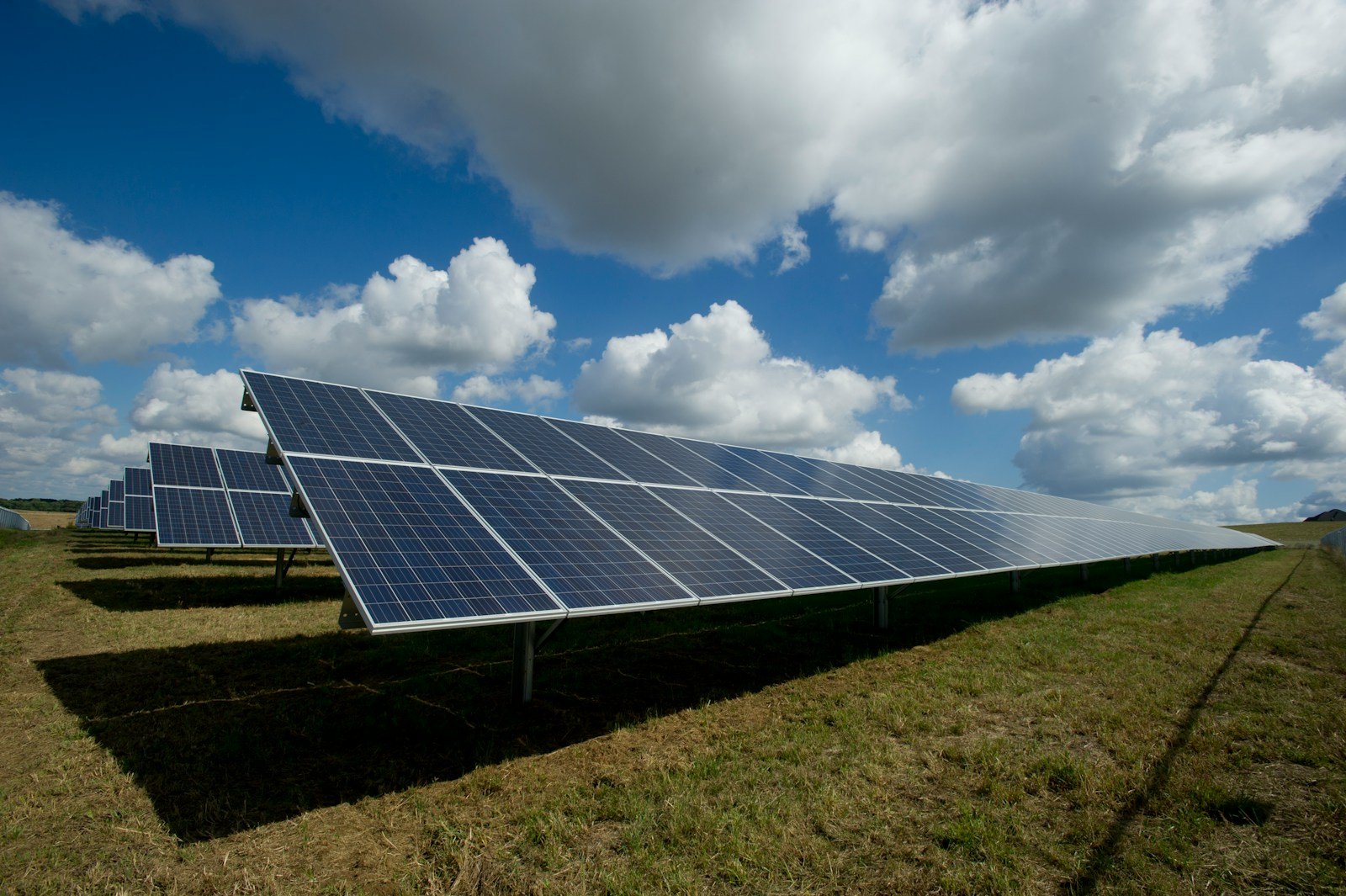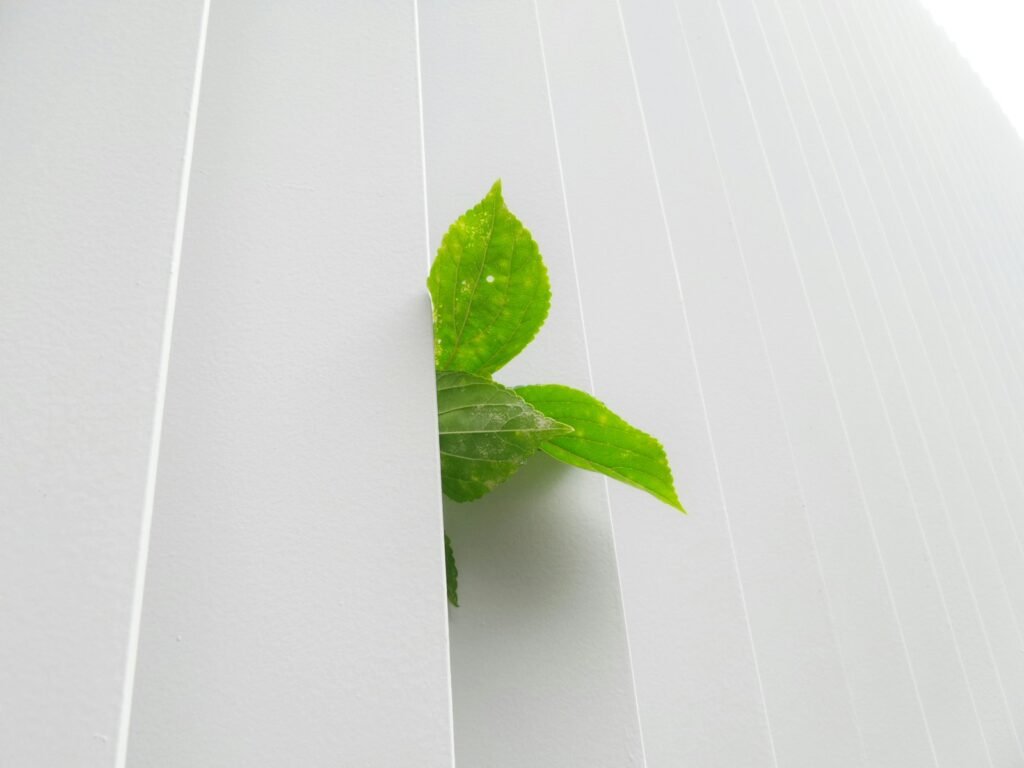Energy efficiency refers to using less energy to perform the same tasks—whether that’s heating your home, lighting a room, or running an appliance. The goal is not just saving money on utility bills but also reducing the environmental impact of your household. It’s important to understand that you don’t need to break the bank to make meaningful improvements. Many effective strategies are low- or no-cost and can be implemented with simple changes in behavior and a few affordable upgrades.

No-Cost Ways to Reduce Energy Use
Use Your Thermostat Wisely
Your thermostat is one of the most powerful tools for controlling energy use. Simply setting it back by a few degrees when you’re not at home or during sleep hours can lead to significant savings over time. If you have a programmable thermostat, take advantage of its features to automate temperature adjustments based on your daily routine.
Seal Leaks and Prevent Drafts
Air leaks around windows, doors, and electrical outlets can let warm air escape in winter and cool air out in summer. Use weatherstripping or door sweeps to close these gaps. You can also place draft stoppers under doors or use plastic sheeting to cover larger openings temporarily.
Reduce Phantom Power Consumption
Many devices consume energy even when they’re turned off, such as TVs, computers, and chargers. Unplugging these items when not in use is an easy way to cut down on wasted electricity. For a more efficient solution, consider using smart power strips that automatically shut off power to inactive devices.
Simple Upgrades That Pay for Themselves
Invest in LED Lighting
Replacing traditional incandescent bulbs with energy-efficient LED lights can reduce your lighting costs by up to 80%. LEDs last much longer than standard bulbs and provide better light quality. While the initial cost may be higher, they pay off over time through reduced replacement frequency and lower electricity bills.
Install Low-Flow Fixtures
Reducing hot water use not only helps with energy savings but also lowers your water bill. Installing low-flow showerheads and faucets can significantly cut down on both usage and the amount of energy required to heat water. These upgrades are often available at a low cost or even free through local utility rebates.
Use Natural Light and Ventilation
Maximizing natural light during the day reduces the need for artificial lighting. Open curtains, use mirrors to reflect light, and arrange furniture in a way that allows sunlight to reach deeper into rooms. In warmer months, opening windows for ventilation can help cool your home without relying on air conditioning.
Cost-Effective Long-Term Solutions
Add Insulation Where It Matters Most
Improving insulation is one of the most impactful ways to increase energy efficiency. Look for opportunities to add insulation in areas like attics, walls, and floors. Affordable materials such as foam boards or reflective insulation can be used in places where full-scale upgrades are not yet feasible.
Consider Window Coverings That Help with Temperature Control
Thermal curtains and window films can act as a barrier against heat loss during colder months and help block excess sunlight during the summer. These solutions are relatively inexpensive compared to replacing windows entirely and provide immediate benefits.
Use Smart Power Strips for Better Energy Management
Smart power strips allow you to control which devices receive electricity, helping eliminate wasted energy from standby modes. Some models even include outlets that turn off automatically after a period of inactivity, making them an excellent investment for homes with many electronics.
Harnessing Nature’s Help to Reduce Energy Use
Improve Ventilation and Airflow
Proper ventilation helps maintain indoor air quality and reduces the need for artificial heating or cooling. In warm weather, open windows on opposite sides of your home to create a natural airflow. Closing them when it’s too hot or cold can prevent unnecessary energy use.
Make Strategic Use of Sunlight
During colder months, position furniture and curtains in a way that allows sunlight to enter the room and warm up the space naturally. In warmer months, block direct sunlight with window coverings to keep your home cooler without using air conditioning.
Take Advantage of Local Programs and Resources
Many communities offer programs designed to help residents reduce their energy consumption. These can include incentives for energy-efficient upgrades or free workshops that teach you how to make simple changes at home. Check with local utility companies, city councils, or environmental organizations to find out what’s available in your area.
Making your home more energy-efficient doesn’t have to be a costly endeavor. With careful planning and the right strategies, even small changes can lead to significant savings over time. Whether it’s adjusting your thermostat, sealing air leaks, or using natural light, every step you take contributes to a more comfortable and sustainable living environment. Start with one change at a time and build from there—your wallet and the planet will thank you.







